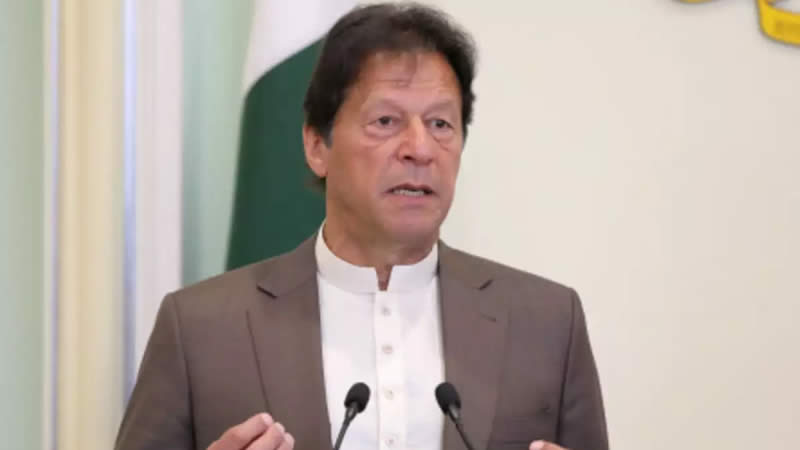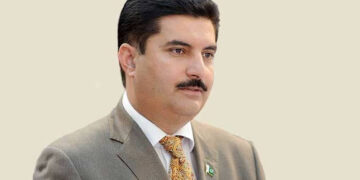 KARACHI (September 14 2010): Airlines the world over nurture young talents to overcome shortage of pilots that ensures them long-time availability of flyers, but the Pakistan International Airlines is hiring retired, aged pilots to meet the chronic shortages of flying staff.
KARACHI (September 14 2010): Airlines the world over nurture young talents to overcome shortage of pilots that ensures them long-time availability of flyers, but the Pakistan International Airlines is hiring retired, aged pilots to meet the chronic shortages of flying staff.
Recently, a private airline started issuing notices to the pilots who had attained the superannuation age and were hired on contract. The Airblue management, apparently due to the catastrophic tragedy of an Islamabad-bound plane which crashed into the Margalla Hills on July 28 killing all 152 people on board, took the decision, according to sources, to avoid criticism of hiring pilots who had served PIA till superannuation.
Reportedly, the national flag carrier has offered these pilots to join PIA on contract. This is a strange phenomenon as the reason for their departure from private airline is still very much valid but the PIA has chosen to offer them to continue flying despite the debate going on in the country regarding the capabilities of the flying community, after superannuation.
Internationally as well as according to the rules of Pakistan’s aviation regulatory body the Civil Aviation Authority (CAA), pilots can fly up to the age of 65 years. Since managing an aircraft is a highly sensitive and important job requiring quick reflexes, the International Pilots Association is considering to recommend 60 years as upper age limit of pilots, especially in the developing world.
This seems to be a logical move because the experienced retired pilots usually re-employed after retirement are hired at lower salary and other benefits which clearly shows that the retired pilots have crossed their prime abilities and are offered less salary than the junior pilots. Private Pakistani airlines, Shaheen International Airlines and Airblue, both employ a number of pilots who are between 60 and 65 years of age.
Pakistan International Airlines (PIA) had started hiring retired pilots on contractual basis to ensure that its flights are not delayed, due to shortage of pilots. Sources said that PIA had taken this decision to meet the shortage of pilots. The national airline has around 500 pilots and still it needs 148 to 150 more.
PIA needs pilots with experience of flying big planes. This opportunity is open for all those pilots who have retired but still fulfil the CAA’s criteria as well as for those who are about to retire. However, this is an interim arrangement and the management of national carrier has not taken any step to fill in the chronic shortage by inducting young pilots and train them for the job.
The CAA Pakistan has already allowed pilots to fly up to the age of 62 years. The Pakistan International Airlines’ (PIA) board of directors has decided to stick to its policy of rehiring retired pilots for a two-year contract as PIA plans to give option to pilots for rejoining on contract after sixty years, which is the superannuation age in PIA, provided that they meet the prescribed CAA standards for flying aircraft.
The management has approved the conditions for enhancement of upper age limit for cockpit crew. A cockpit crew who has attained superannuation age of 60 after clearance will have an option to apply for re-employment in the corporation’s service on a contract of maximum of two years on year to year basis. The Civil Aviation Authority has already approved the rehiring of pilots attaining superannuation for five years. The issue of rehiring of retired pilots came to limelight when the Airblue plane crashed on July 28 in Islamabad. The pilot of the ill-fated plane was over 62 years of age and had joined the private airliner after retirement from the PIA.
World-wide pilots up to the age of 65 were being hired. If a pilot is fully fit, an airline should take benefit from his or her experience. But now the International Pilot Association is considering to reduce pilots’ age to 60 years for flying because standard age of 65 years cannot be applied universally due to lower quality of living standards and poor hygienic conditions and stress that pilots go through in most of the developing countries.
Sources say that globally the decision to utilise services of pilots up to the age of 65 is based on the experience they have in aviation, and the airlines have invested a huge amount in training and up keep of its flying staff. But the decision to do so in Pakistan was based on two simple facts: 1) The airline was facing shortage of pilots and was finding it difficult to run a heavy schedule with limited number of pilots available; and 2) After retirement the pension of pilots in Pakistan is so meagre that they are attracted to even lower salaries than the newly recruited young pilots.
This phenomenon, airline experts believe, is dangerous and is likely to create mental stress on the flying crew as uncertainty is the biggest contributory factor to deteriorating mental health of flying community world-wide.
Experts believe that the CAA and PIA both lack scientific research capabilities in behavioural sciences which could assess the trends created by mental stress and psychological pressures which is a must in determining capabilities of human resource which is to operate the most expensive asset of airlines–its flying machines, the sole revenue earner. -brecorder











